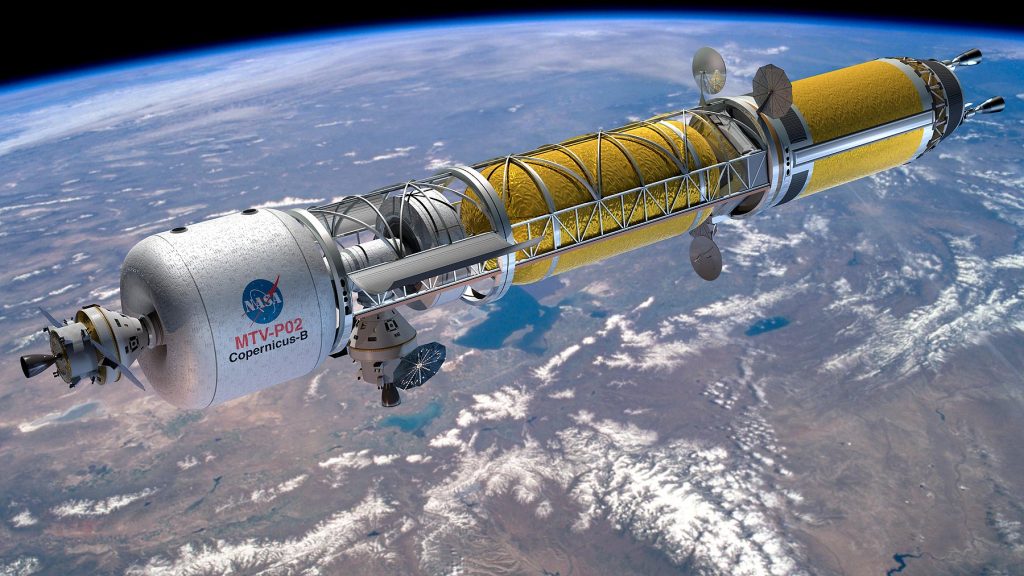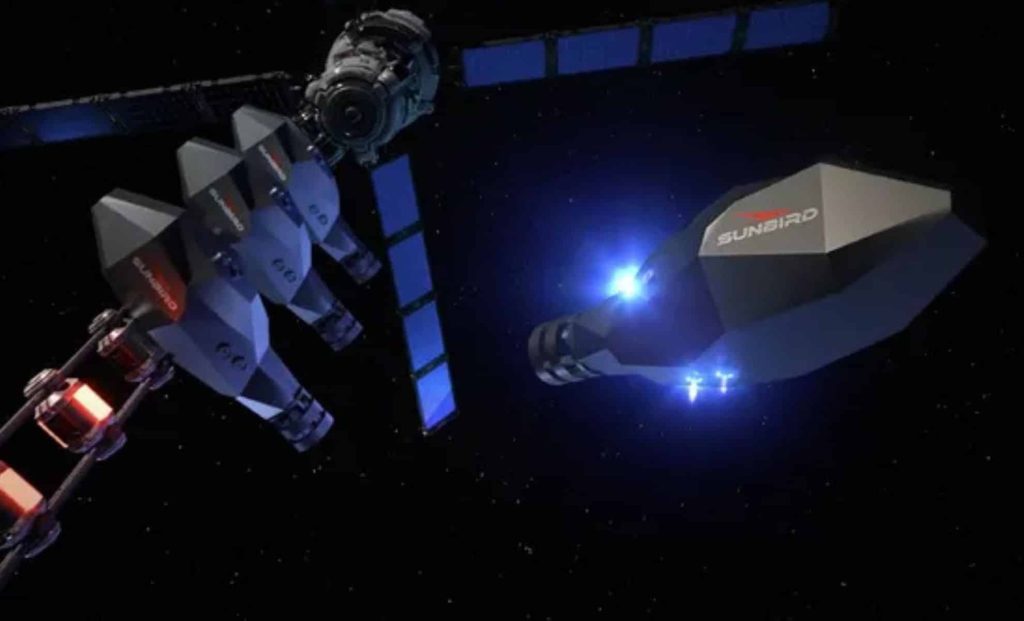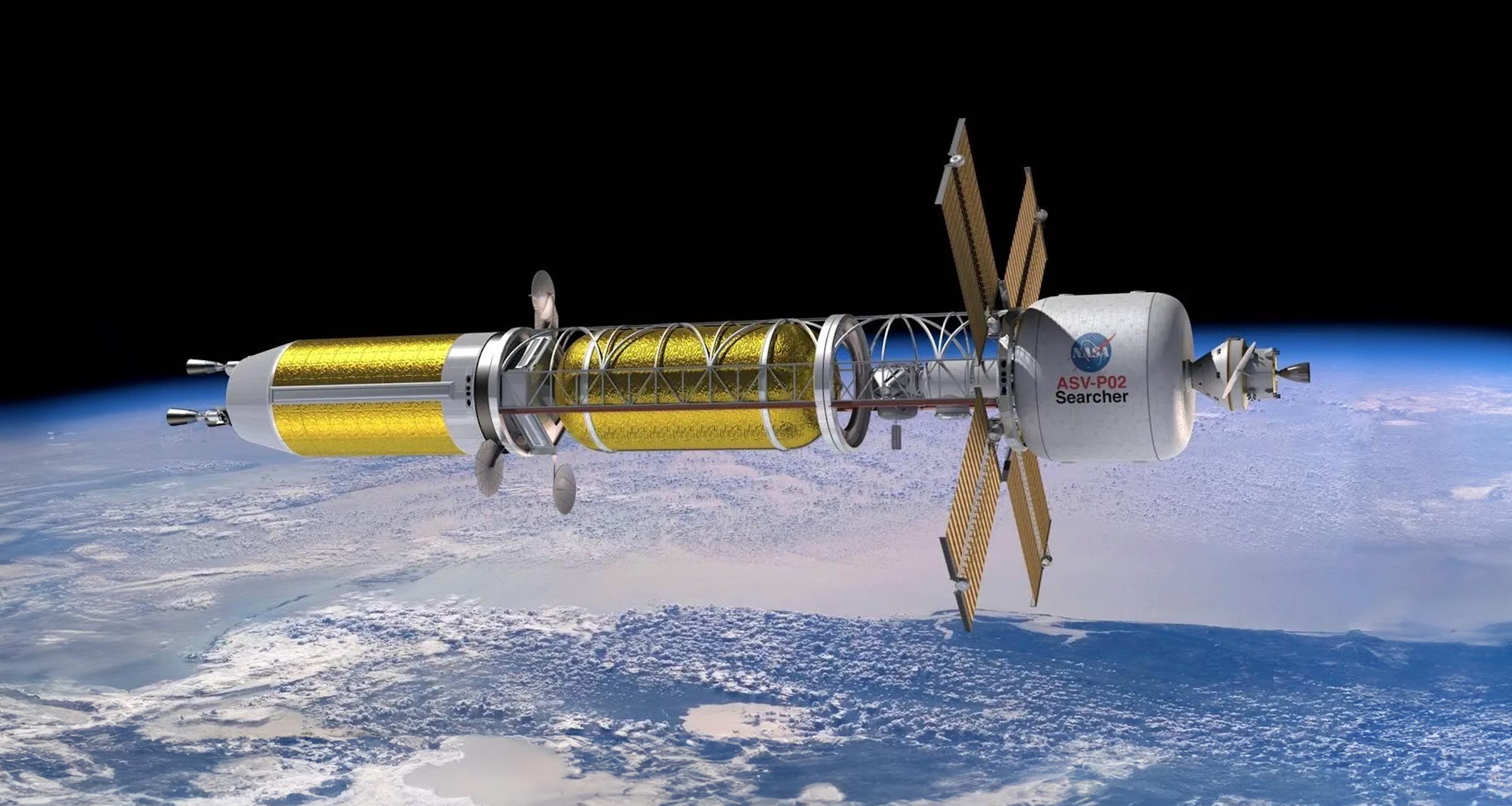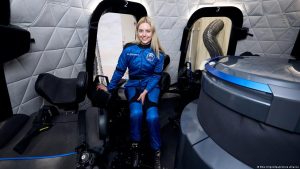The race for nuclear fusion is heading to space — and it might get there before it takes off on Earth.
British startup Pulsar Fusion has unveiled Sunbird, a concept fusion rocket that could one day slash travel time to Mars in half.
Funded by the UK Space Agency, Sunbird won’t launch anytime soon. But if Pulsar hits its target, we could see fusion in orbit by 2027.

The tech could one day push spacecraft to speeds of 500,000 mph — faster than anything we’ve ever built.
Unlike traditional nuclear power, which splits atoms, fusion smashes light atoms like hydrogen together.
It’s incredibly powerful, cleaner than fission, and uses tiny amounts of fuel — we’re talking grams.
On Earth, the challenge has always been generating more energy than you put in. In space, the mission is different.

“We don’t need electricity — just a ridiculously fast exhaust,” Dinan explains.
Instead of circular reactors used on Earth, Sunbird’s design is linear. Its secret weapon? Helium-3 fuel that blasts out protons to propel the rocket.
It’s not cheap. But when you’re racing to the edge of the solar system, speed beats savings.





